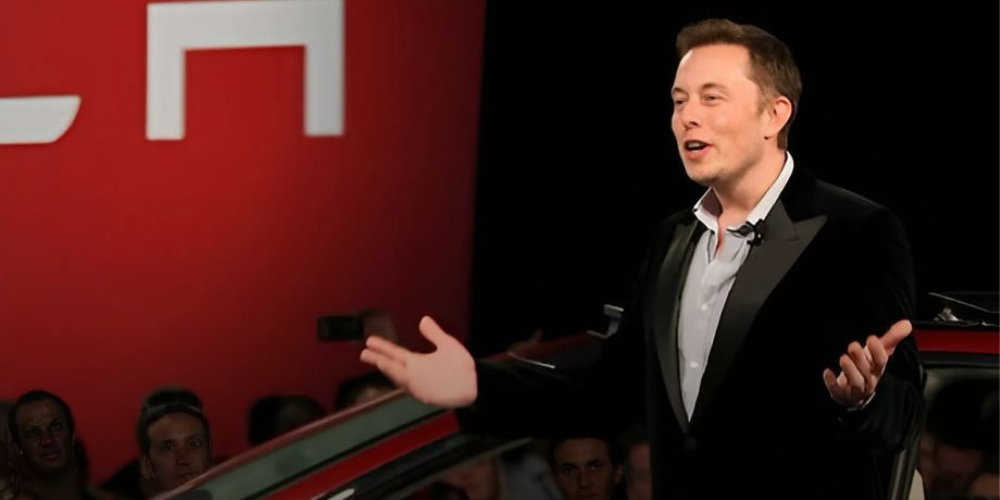
Elon Musk Admits Tesla’s Self-Driving Hardware Needs an Upgrade

For years, Elon Musk has confidently stated that Tesla vehicles had the necessary hardware to achieve full autonomy. However, in a recent update, he acknowledged that many cars equipped with “Hardware 3” will require an upgrade before they can support Tesla’s unsupervised self-driving system.
During a conference call, Musk admitted that updating these vehicles would be a challenging process but necessary for those who purchased the Full Self-Driving (FSD) package. This statement marks yet another shift in Tesla’s stance on its autonomous driving capabilities, reinforcing concerns that previous promises may have been overly optimistic.
Tesla’s Changing Stance on Self-Driving Capabilities
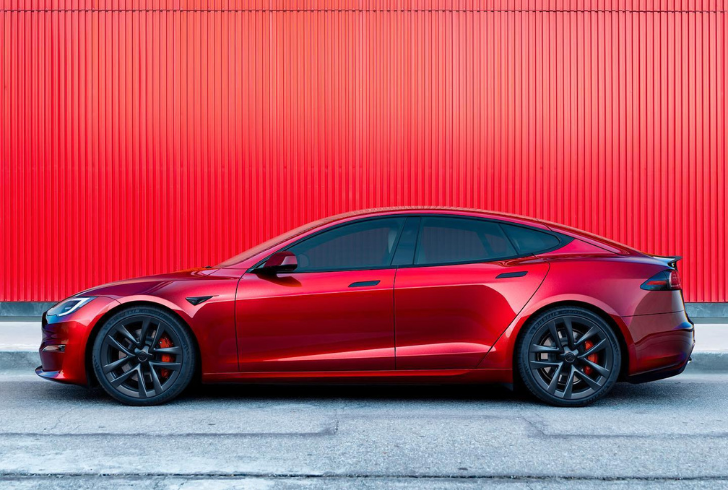
Instagram | teslamotors | Tesla’s shifting hardware raises concerns about the feasibility of its 2016 self-driving software promise.
Tesla made ambitious autonomy claims in 2016, stating that every car produced from that year onward would support self-driving with a future software update. However, the company has continuously upgraded its hardware, raising questions about whether its original promise was ever realistic.
1. Hardware 2.0 (2016)
After parting ways with Mobileye, Tesla introduced Hardware 2.0, positioning it as a crucial step toward autonomy. While it initially seemed promising, the system soon proved inadequate for the company’s long-term vision, as it lacked the necessary computing power for full self-driving capabilities.
2. Hardware 2.5 (2017)
As an improvement over its predecessor, Hardware 2.5 enhanced certain capabilities. However, it still failed to enable full autonomy, requiring drivers to remain engaged while using the system.
3. Hardware 3 (2019-2023)
Tesla marketed Hardware 3 as a significant step toward self-driving, claiming it had the necessary computing power for full autonomy. However, it has since become clear that it lacks the capability to operate without supervision.
4. Hardware 4 (2023-Present)
The latest iteration, Hardware 4, incorporates significantly more advanced processing power and an upgraded sensor suite, aiming to better support future software updates. Tesla positions this version as a more capable foundation for achieving true autonomous driving.
By consistently revising its hardware, Tesla has repeatedly adjusted its self-driving claims—often after customers had already invested in previous versions.
Legal and Consumer Backlash
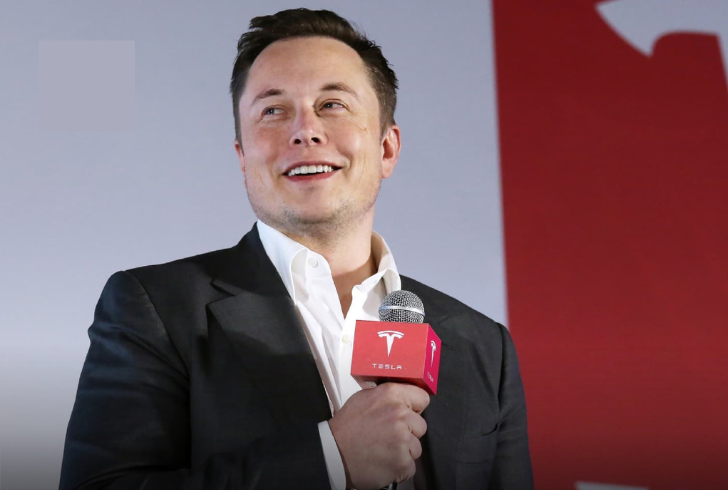
Instagram | inshort.pk | Tesla owners, promised full self-driving, are frustrated by evolving hardware.
The evolving hardware requirements have frustrated Tesla owners who were led to believe their cars would one day achieve full autonomy. In some cases, customers paid extra for FSD with the expectation that a simple software update would unlock self-driving capabilities.
One Tesla owner even took legal action, winning a small claims court case that determined Tesla’s 2016 assertion was misleading. As a result, Tesla was required to provide free upgrades for certain customers who had been affected by the shifting hardware standards.
Despite these challenges, Tesla has continued to push forward with its self-driving ambitions.
Future of Tesla’s Autonomy Plans
Musk plans to launch a pilot program in Austin by mid-2025 to demonstrate Tesla’s progress in autonomous driving. The company will release an update for Hardware 4-equipped cars, enabling them to operate without human supervision.
He calls 2025 a pivotal year for Tesla, suggesting the long-awaited autonomy breakthrough may finally be possible. However, past delays and revisions have left many skeptical.
While competitors like Waymo have already introduced commercial robotaxis, Tesla continues refining its approach. Whether the company can truly deliver a fully autonomous vehicle remains uncertain, but one thing is clear—Musk now acknowledges that more development is necessary.
More inDriving
-
`
Adults in Ohio Face Stricter Rules to Obtain Driver’s License
Ohio has passed a new law that will change the way adults under 21 get their driver’s licenses. Signed into law...
July 31, 2025 -
`
Gen Z Craves Career Guidance, But Their Parents Are Struggling Too
Gen Z is stepping into the future with curiosity and ambition—but they’re not doing it alone. A growing number of teens...
July 25, 2025 -
`
Do Car Insurance Companies Offer Pay-As-You-Go Plans?
Car insurance premiums often feel unfair to people who rarely drive. Yet, most traditional auto policies still charge a fixed monthly...
July 17, 2025 -
`
Why the Koenigsegg Sadair Spear Is the Ultimate Hypercar Beast
Koenigsegg has revealed a new beast—the Sadair’s Spear. Tuning its focus on raw performance and brutal speed, this hypercar marks the...
July 11, 2025 -
`
Which States Have the Safest—and Riskiest—Drivers in America?
Driving safety isn’t just about skill. It’s also about location. A recent nationwide report shines a spotlight on where drivers are...
July 4, 2025 -
`
How to Save on Tesla Car Insurance Without Compromising Coverage
Owning a Tesla often brings savings on fuel and a futuristic driving experience, but the conversation changes quickly when it comes...
June 26, 2025 -
`
10 Weird Cars That Turned Heads and Won Hearts
Some cars turn heads with speed, others with luxury—but a rare few grab your attention simply by being delightfully strange. From...
June 20, 2025 -
`
Next-Gen Jeep Cherokee Expected to Arrive by Late 2025
After a break of two years, Jeep is prepared to relaunch the Cherokee brand. The automaker confirmed the return with fresh...
June 12, 2025 -
`
9 Tips to Make Night Driving Safer and Less Frightening
Once the sun dips below the horizon, driving becomes more than just a commute—it becomes a challenge. Limited visibility, harsh glares,...
June 6, 2025

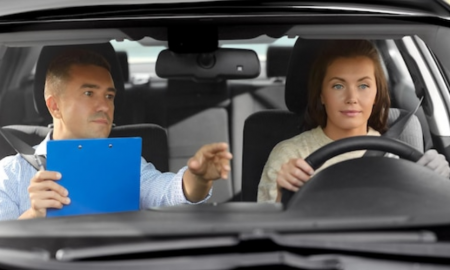

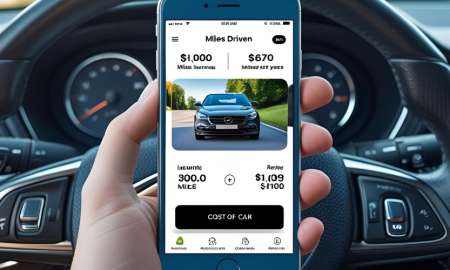
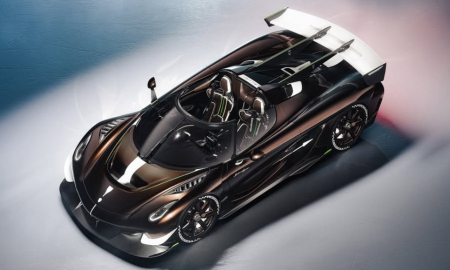
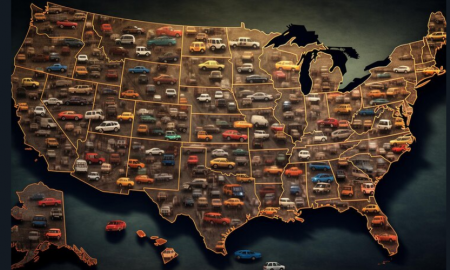
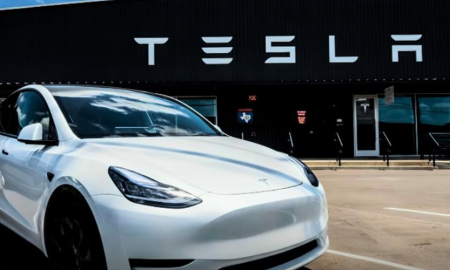

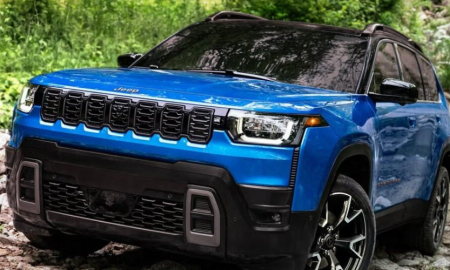
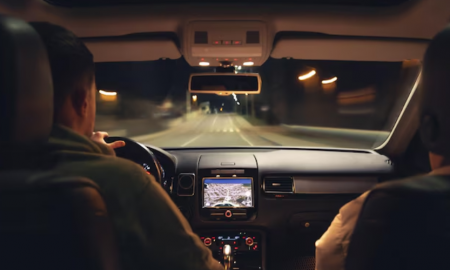
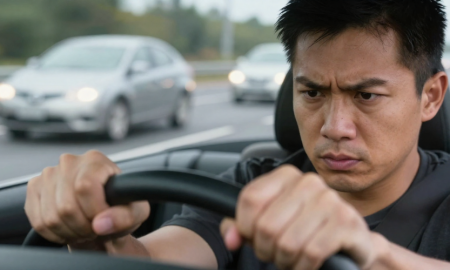

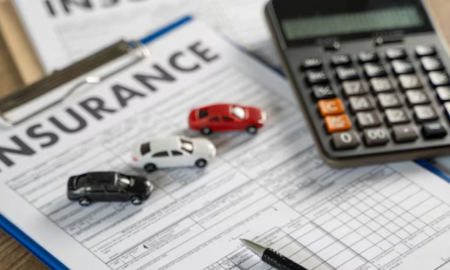
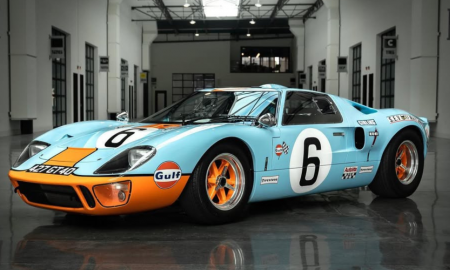
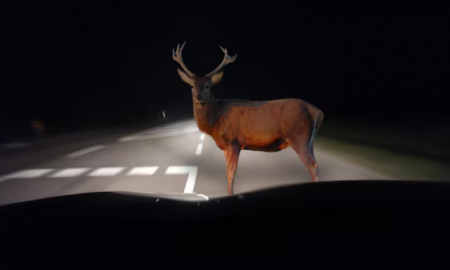
You must be logged in to post a comment Login